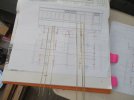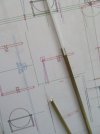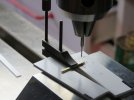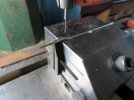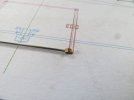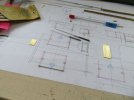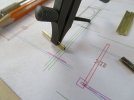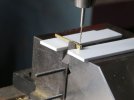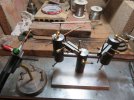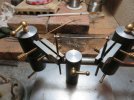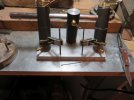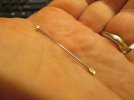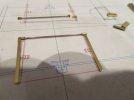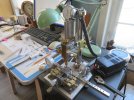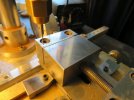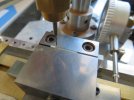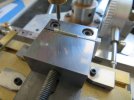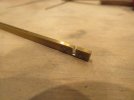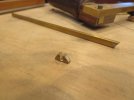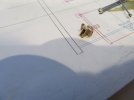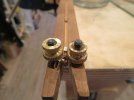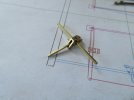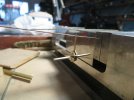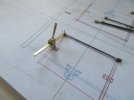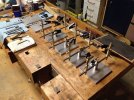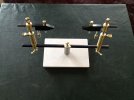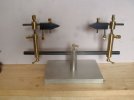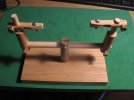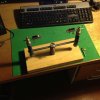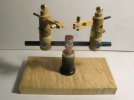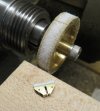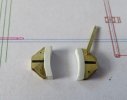simond
Western Thunderer
Michael,
Mike’s fret is a DC (Dean Churchward) brake, very typical for GW wagons, but not the same as your, or my, vehicle. The triangular frames are also used on coach bogies, usually with a horizontally-pivoted, vertical-ish equalising/operating lever to connect to the other frame, to provide the clasp action. The shoes are hung from the chassis, of course, to react the brake forces.
A Beginner's Guide to GWR wagon brakes (and follow the link)
unfortunately, I haven’t found an equivalent for the earlier Dean brakes
Cheers
Simon
Mike’s fret is a DC (Dean Churchward) brake, very typical for GW wagons, but not the same as your, or my, vehicle. The triangular frames are also used on coach bogies, usually with a horizontally-pivoted, vertical-ish equalising/operating lever to connect to the other frame, to provide the clasp action. The shoes are hung from the chassis, of course, to react the brake forces.
A Beginner's Guide to GWR wagon brakes (and follow the link)
unfortunately, I haven’t found an equivalent for the earlier Dean brakes
Cheers
Simon

